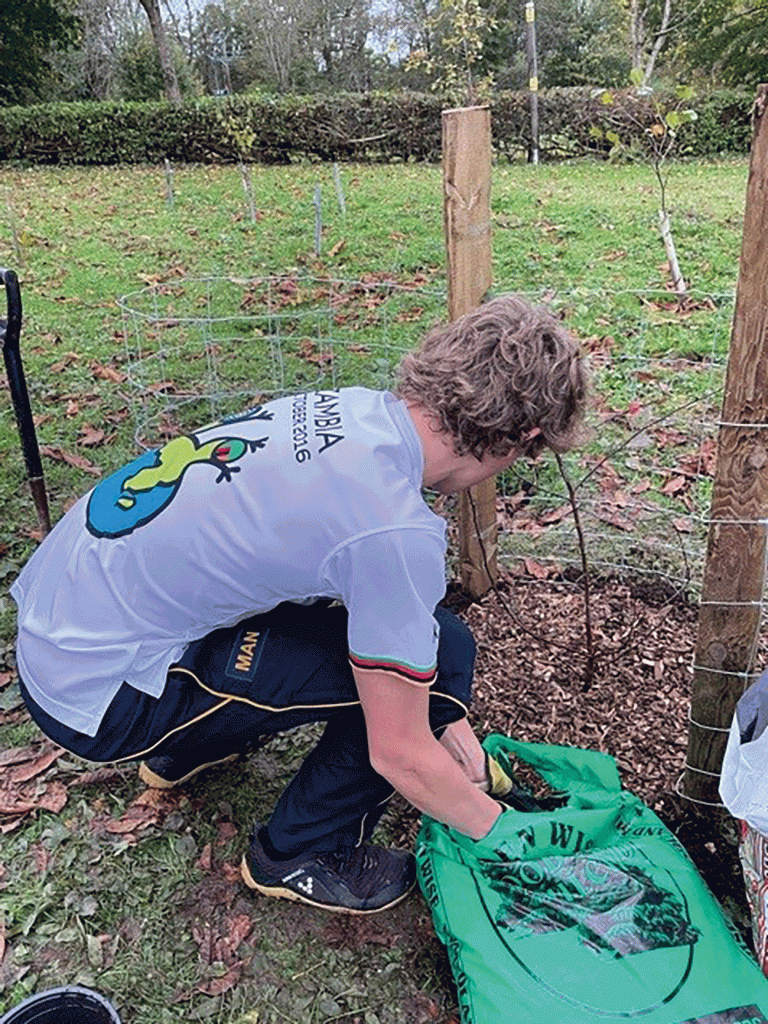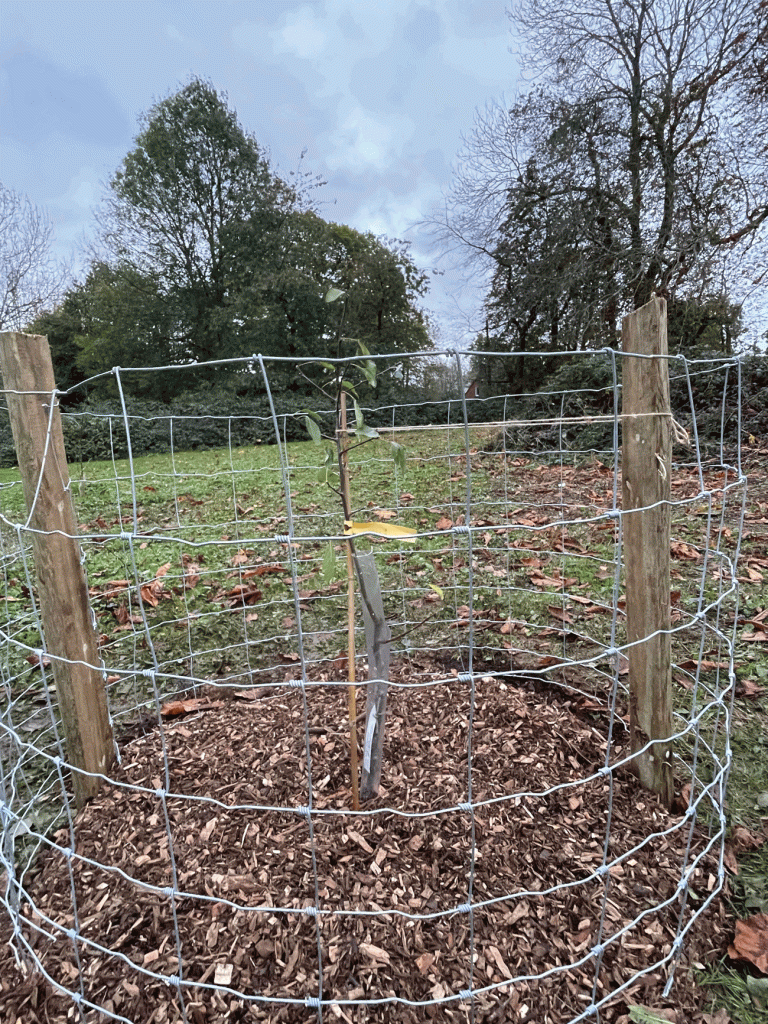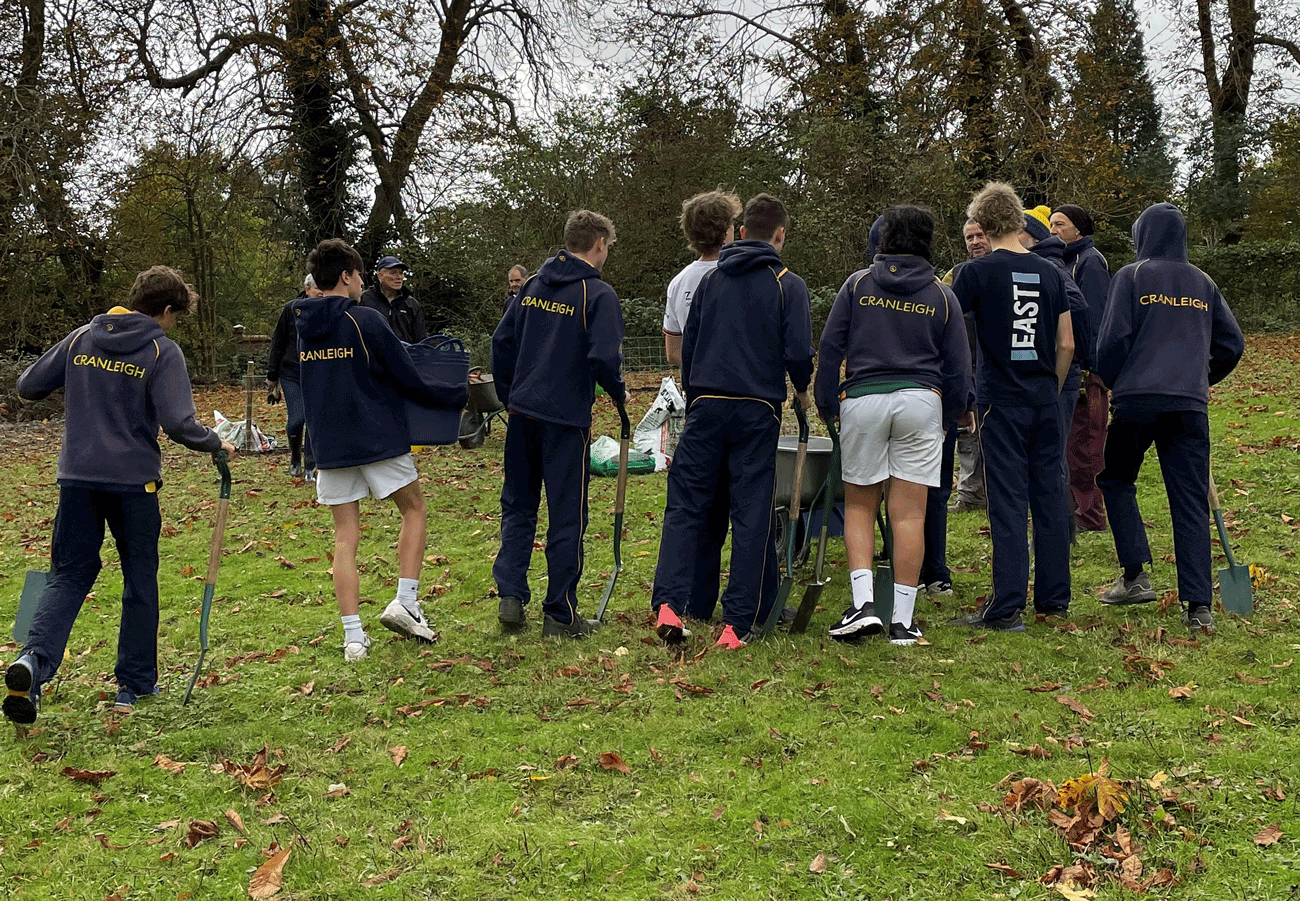
by Miki Marks
Recently, on a rather wet day, in a very wet week, volunteers of Beryl Harvey Fields, and the Cranleigh School outreach team led by Mark Weighton, met at our conservation site to plant some apple tree saplings which had been donated by Copse. This organisation works with Surrey County Council and aims to plant 1.2m trees by 2030. It is a social enterprise set up to network and engage with other community organisations and landowners. Members of Copse were on hand to help and give advice. The main challenge is to keep the new trees safe from rabbit damage. During a break in the work there was some delicious cider to sample.
Apple trees are a great choice as they increase biodiversity and support wildlife. Our association with these trees goes back to ancient times, and they crop up in myths and legends – many of which tell of apples bestowing health or even, in Norse myth, eternal life. On the other hand the ‘golden apples’ beauty contest might well have started the Trojan wars. In art, Eve is usually depicted plucking and eating an apple – although Genesis does not specify what the fruit actually was. The Latin name of apple is Malus – a word which can mean either apple or bad – which might account for the complexity of apples as symbols.
Apples originated on the slopes of the Tian Shan mountains, on the border between Kazakhstan and China – where wild forests of these trees still survive and bears eat the fruit and spread the seed. That all apples originated in this area was not proved until fairly recently as these forests were unknown to the outside world. The Russian scientist Nikolai Vavilov (1887-1943) found and then described them. He realised that these apples, which he named malus sieversii were much sweeter and larger than the malus domestica which had been assumed to be the original ancestor of our apples. Unfortunately, Vavilov fell foul of Stalin’s dangerously misguided agricultural plans. He was arrested and starved to death in prison.
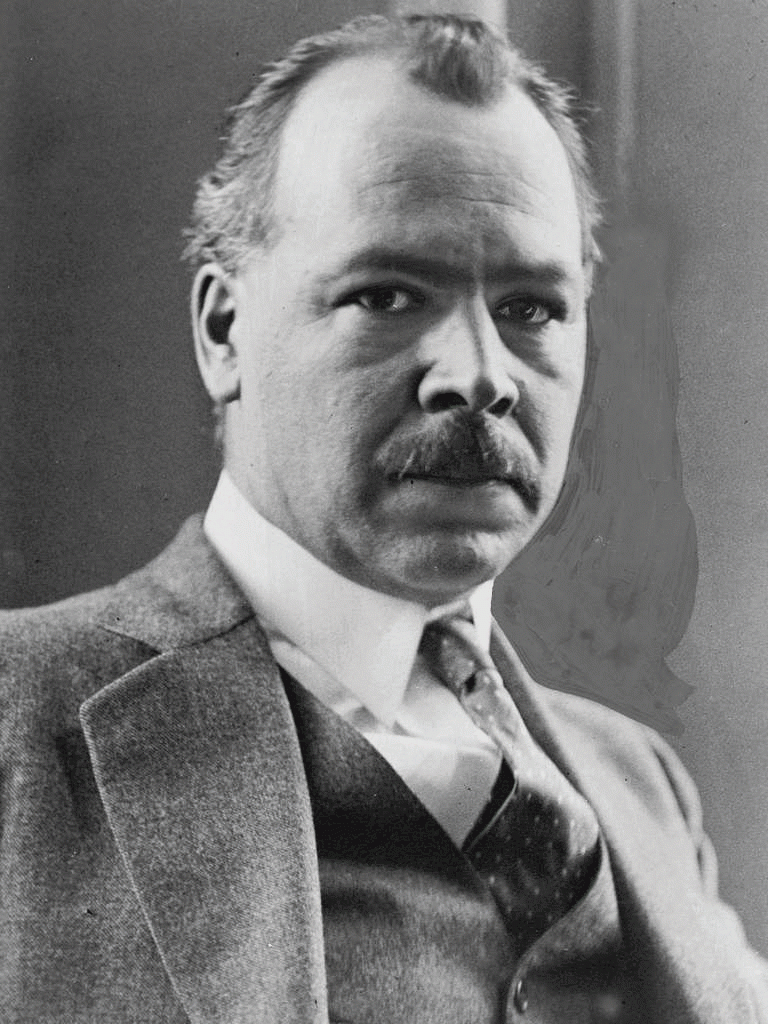
I wrote earlier in the year about the disappearance of the sticklebacks in the brook at the end of my garden. I know from friends who monitor the water quality round here that the brook was not in a very healthy state and wondered if pollution could have killed the little fish off. A more likely culprit has now appeared. A neighbour, also with access to the brook has found 3 signal crayfish, and managed to photograph one before it scuttled away, large claws waving about like the boxer, Mike Tyson. Already these pests have been sighted further up the brook. They were introduced in this country in 1975 to ‘enhance the experience’ as companies say when they attach those irritating cookies to your device to harvest information and sell it on for commercial purposes. In this case it was thought a good idea to ‘enhance’ the fishermen’s catch, especially as the creature is apparently delicious. Baked with breadcrumbs, or cold with mayo. The result is that now the pests have spread widely – and have almost completely obliterated our native white clawed crayfish. They have been almost wiped out in Surrey – with only two known sites remaining. My solution would be to declare an open season on the signal crayfish and if they are so tasty, with a bit of luck they will be overfished and some kind of balance restored. Has anyone got a creel?
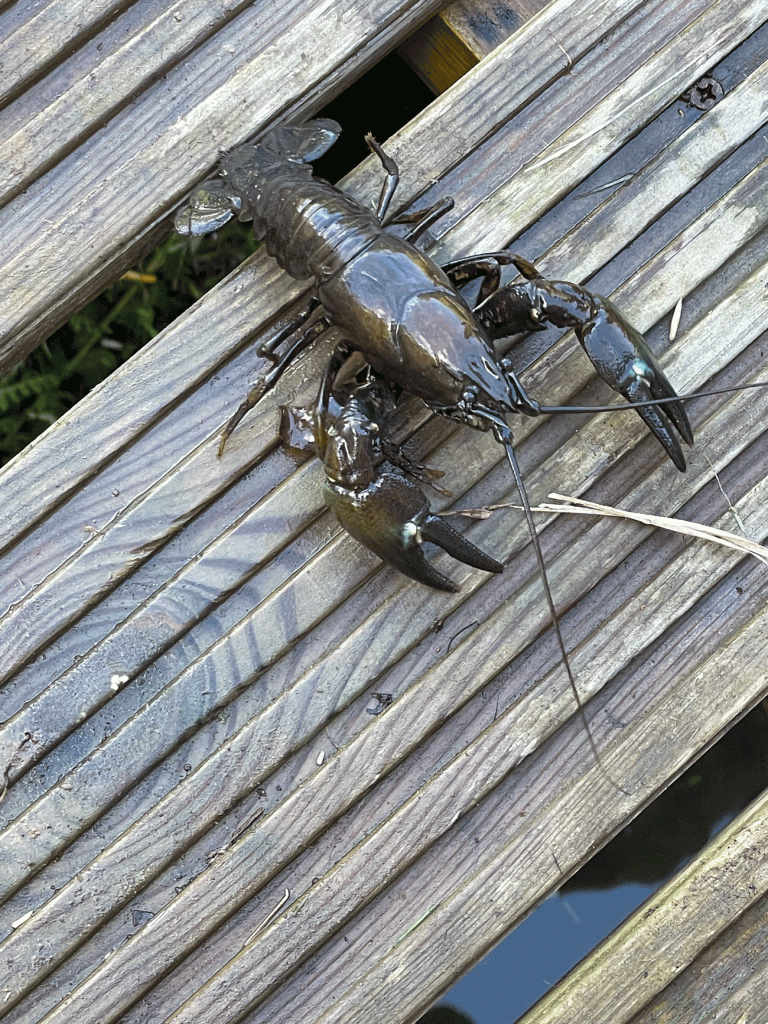
Win Bracking in Mount Road brook
One of the nicest questions you can be asked at this time of the year is “What would you like for Christmas”? I asked for a rain gauge last year – and it has been a source of great interest. There could not have been a better year to start taking readings – with the extremes of drought and then heavy downpours. March and April were relatively dry but then between June 6th and July 20 it only rained 2 mms. The drought broke on the 24th August with a wonderful 29 mms. In September we got 68 mms and in October an amazing 91mms. I am writing this at the beginning of November and we have already had 84mms. In fact, the level in my gauge was close to overflowing. Perhaps I need to ask for a large gauge?
Have a happy, healthy and peaceful Christmas!
Beryl Harvey Fields is Cranleigh’s nature conservation site. We need volunteers. For further information: visit our conservation site in Cranleigh – or better, volunteer. Contact Philip Townsend at: for details.

